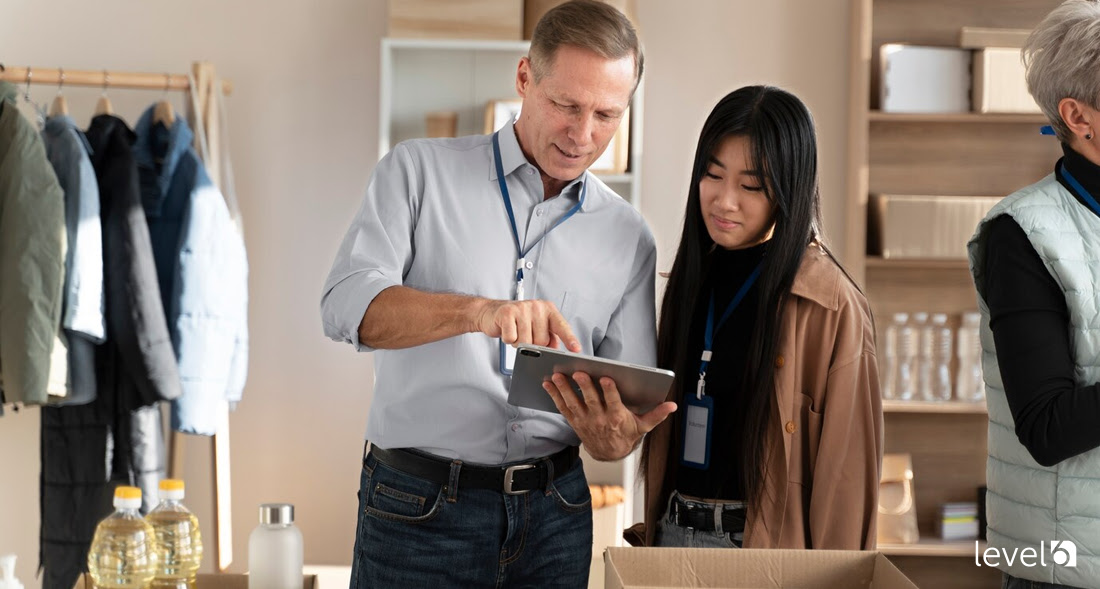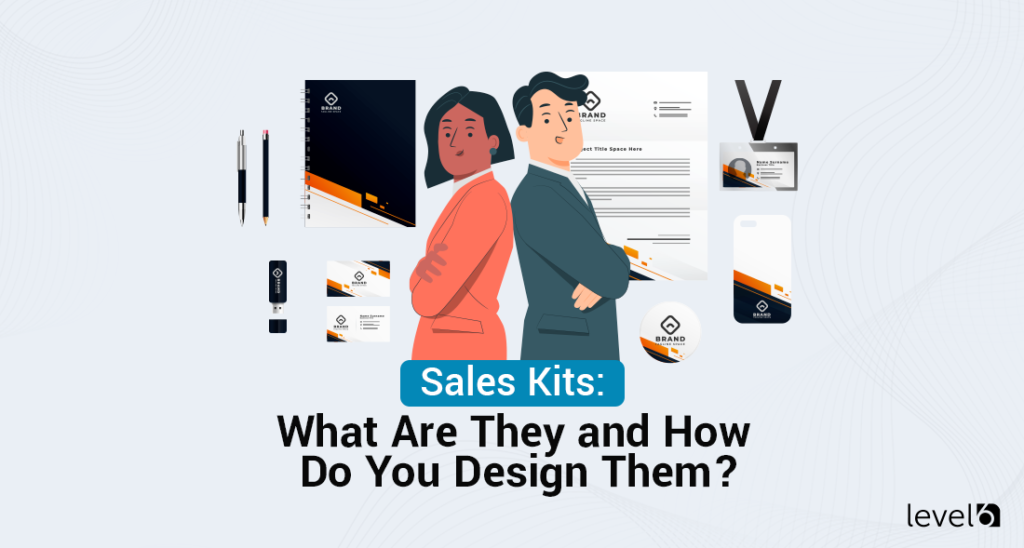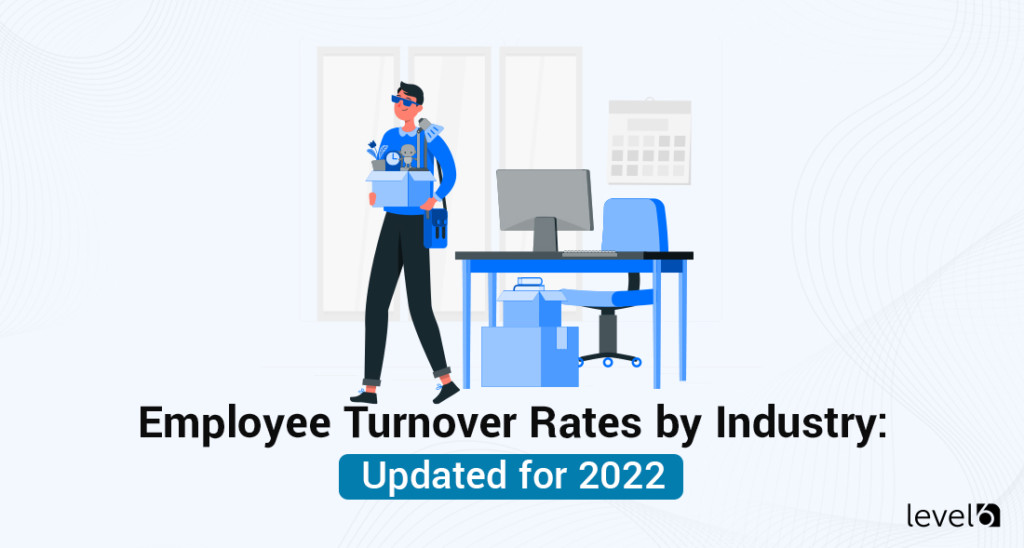The world of retail can be complex, with many factors at play, including the likes of online competition and the shifting preferences of customers. What was once a thriving business can quickly hit a phase of poor sales, or what we often call a “slump.” This might be a hard pill to swallow, but downturns in retail are not something out of the ordinary. So, what exactly triggers them?
It could be anything – changes in the economy or industry, operational hiccups, or even not-so-well-thought-out strategic plans. Ever wondered how a new product range might not hit it off with customers? Or, how can a sudden global crisis – take a pandemic, for example – put a full stop to foot traffic in stores? Well, these are realities we must face.
But, amidst all this, we have some good news. For every problem, there’s a solution (oftentimes, more than one). When it comes to tackling sales slumps, placing strategic incentives on the table is a go-to move. You may question the force that upselling and cross-selling techniques carry, but let me tell you, they can spring surprises.
In this ruthless market, ensuring the happiness and loyalty of customers is the secret sauce for a company’s survival. Incentive programs are basically a barter system of values. They offer rewards, discounts, or benefits to customers in return for their loyalty, thus turbocharging sales. Sure, these programs are game-changers, yet setting them rolling isn’t quite a walk in the park.
Acknowledging the current state of retail and these “slumps” is not just advantageous but a necessity. There’s an urgent need to address this. Why, you ask? In the retail world, the only constant thing is change. Finding the right remedy is more than just important; it’s imperative.
The real question to wonder over is, how can we morph this understanding into a practical plan that leads to substantial change?
The Need for Innovation in Retail
The retail business, even though it’s pretty special, doesn’t stay the same. It’s always changing to keep up with customers’ likes and changes in the economy. Recently, it’s hit a bunch of new problems that need some fresh ways to make sales.
The digital world changed how we do retail, helping create online shopping giants that grow really quickly. These changes were just the start of some big shifts. Big events happening around the world have shaken up traditional retail, causing a big drop in shopping in-store.
Looking to learn more about an incentive, rebate
or reward program for your business?
Curious about costs?
Try our instant pricing calculator:
So, why are we seeing such a downfall? Well, let me tell you. The answer is in how shoppers are changing. Today’s customers want more than just stuff; they’re looking for amazing experiences. They need quick satisfaction, special offers just for them, and a smooth shopping process. These things are now a must-have in retail.
After looking at these big demands, the changing retail environment has many uses beyond encouraging new ideas—it’s demanding them. The push for change is leading to new strategies that think about what customers want in the retail world.
Building relationships with customers is both the problem and the answer. Learning how to give rewards could be the key. Stores need to do better than just broad promotions. They need to come up with rewards that fit what each customer needs.
The business world is ready to try new things in retail. It’s necessary to be creative, not just an option. Stores have to come up with new ideas; the only question is what and how they’ll change.
Out of all the options retailers have, reward programs work really well. If done right, they can change how customers act and get them back in stores, whether brick-and-mortar or online. The big challenge is making plans that aren’t just profitable but also personal and fun.
What Are Incentive Programs?
Puzzled about incentive programs? They’re basically plans built around the idea of encouraging particular actions – such as hitting selected sales targets – by offering up rewards or praise. You can think of it as a tasty carrot to guide employees toward the behaviors you need.
Because people are different, there’s no one-size-fits-all plan for everyone. Yup, incentive programs take into consideration a bunch of individual motivators; they could have elements like merit-based bonuses, sharing the business profit, and rewards linked to performance. There may even be plans that involve commission structures or others that give employees a slice of the company shares. All of these are examples of the many styles of incentive programs come in.
There’s no need to feel stuck with a pre-packaged incentive program if you’re in the retail business. One of the biggest pros of incentive programs is how you can tailor them to meet the unique needs of different industries, including retail.
Think about creating an incentive plan that aims to increase sales during slow times – a pretty cool idea, right? Stores could offer their employees incentives linked to selling more of certain products or making bigger sales. Introducing a profit-sharing plan for your team can create a sense of ownership, encouraging them to boost customer satisfaction. Does that sound appealing?
Also, don’t forget about customer incentive programs that reward loyalty or referrals. How about starting up sales contests where your employees get to compete in a friendly, game-like setting? It’s fun to imagine heightened sales and a motivated team, wouldn’t you agree?
Picture a standard retail scenario. Those store employees who talk directly to customers are the people who have the power to sway buying choices. A carefully constructed incentive program focused on these influential staff members could give sales a boost. It’s a win-win situation for the employees and the company, not forgetting the valued customers who could get extra perks from a well-structured incentive plan.
Why Are Incentive Programs Successful?
Incentive programs have a special appeal that pulls us in. They skillfully tap into our psychological desires and behaviors. Want to know the secret of success?
The makeup of our brains has a big role to play. Psychologists and marketers know this well; such programs often use a two-fold tactic. They ignite our desire for personal wins, all while hinting at a rewarding endgame. The process is a fascinating one, showing a series of steps that keep us engaged.
Here’s the play-by-play. An incentive catches our attention, changes our goals, and encourages us to take action. The promise of a reward isn’t the only thing driving us. It’s more about proving to ourselves that we can reach the finish line and that our efforts aren’t in vain. These programs cater to a basic human need: the need for achievement and acknowledgment.
Let’s talk about the dopamine effect—it’s an intriguing occurrence. When we meet a goal, our bodies produce dopamine, a chemical tied to feelings of happiness and satisfaction. The hint of a reward in incentive programs builds up excitement, setting off a dopamine release. Simply put, rewards feel good—so good, in fact, that our desire to participate increases, aiming to re-experience this delightful feeling.
Also, these programs smartly employ reciprocity, a potent psychological principle. Providing a reward can create a sense of duty in customers. They might feel the need to respond in kind, maybe by making a purchase or subscribing to a newsletter, actions that benefit the company. So, incentive programs do much more than just trigger initial sales; they boost customer loyalty and promote repeat business.
In reality, many of these programs have turned to gamification as a method, changing the process of earning rewards into a fun and exciting game. This tactic can massively ramp up customer involvement. It can transform an ordinary shopping trip into an exciting adventure! The idea of earning points, moving up levels, or getting bonuses can be very attractive to shoppers.
So, incentive rewards aren’t just prizes or basic tokens. They are carefully crafted psychological tools that well up our natural instincts towards success and repayment. This strong influence shows the importance of taking incentive programs into account in retail businesses.
Now, let’s flip the switch: what could be the potential effects of combining incentive programs with future technologies?
Can Incentive Programs Boost Sales in Retail?
Incentive programs really boost retail sales; the data confirms it! Now, does that take you by surprise?
Well, let me tell you how this works; it’s based on our very human reaction to rewards. Who doesn’t love a good pat on the back, right? In business, this translates to a simple idea: give a reward for the behavior you want to see, and you’ll get more of that behavior.
Let’s dig into the facts and numbers a little more (don’t worry, it won’t be too boring!). Without incentives, retail sales rely mostly on what the customer needs, the quality of the products, and sometimes the whims of the buyer. But imagine guiding these spontaneous buyers towards certain products or actions. That’s exactly what incentive programs do—and they’re really good at it.
Let me tell you about frequency or loyalty programs, for example. They tempt customers to keep coming back for more. In fact, 77% of shoppers are part of a retail loyalty program, and 46% of them admit to making purchases influenced by a loyalty reward. Seriously, those numbers are not to be ignored!
Incentive programs aren’t just for a quick sales boost; they can be a part of a bigger, long-term growth plan. ( you heard right!) A 2017 survey shows a whopping 81% of shoppers are dedicated to a brand that offers a rewards program.
Incentive programs also provide a unique competitive advantage to retailers — a real game changer, especially for smaller businesses competing with larger, cheaper counterparts. Retaining customers is a tough job, but incentive programs lighten the load. They do this by shifting the focus from price to customer experience and engagement.
Take an example from the real world. The North Face, a well-known outdoor retail company, rolled out XPLR Pass (formerly called VIPeak), a rewards program where customers gather points for every dollar spent. These points are redeemable not only for products but also for awesome experiences like adventure trips. And the result? Over four years, annual spending by XPLR Pass members soared by 40%.
Challenges of Implementing Incentive Programs
Incentive programs are known for being helpful in increasing retail sales, but they also come with some challenges. Let’s take a look at these.
The first obstacle businesses meet is the high cost. Setting up an incentive program can really dig into your budget. Rewards have to be exciting enough to get buyers interested – a free pen might not be enough. These perks – like discounts, giveaways, cashback offers – naturally add to the company’s expenses, as does running the program. Here’s the big question: Can the business handle these costs?
Another major problem might come from customers playing around with the system. The company could take a hit if customers figure out how to game the incentive program. Here’s what I’m talking about: What if buyers return items after claiming rewards, or worse, open multiple accounts to get more benefits? This kind of behavior clashes with the program’s goals and makes it even more costly. So, businesses need ways to protect against this and the ability to regularly check for and correct any issues.
Finally, even the best incentive program can stumble if customers just aren’t into it. If buyers think the rewards are boring, not relevant, or too hard to get, they won’t participate. Incentive programs need a good understanding of what buyers like and how they behave. If companies get it wrong, they could be stuck with expensive, ineffective programs. Seriously, what’s the point of offering a discount on a product that nobody wants? That’s a one-way ticket to a retailer’s worst nightmare.
Building a strong incentive program takes more than just picking rewards and hoping for the best. It needs careful planning, regular checks, and the ability to make changes. Otherwise, why bother incentivizing if no one wants to get involved?
Steps to Implement a Successful Incentive Program
First things first, you need to get to know your customers well. Every group of customers is different with their own behaviors, interests, and needs. When I say know your customers, think of it like plotting their unique environment. Do they prefer cash rewards, or do they value experiences more? How much do they typically spend? Are they more responsive to seasonal incentives? Go ahead and dig into your customer data. Don’t be too shy to ask them directly about their preferences – why rely on a guess when you can ask them straight up?
You know the old saying, “April showers bring May flowers”? Let me tell you, it’s not only for farmers – it holds true for retailers as well. The main seed you need to plant? A unique strategy.
Retail is a complex field; a one-size-fits-all approach just isn’t going to cut it. Believe me, there are tons of successful incentive programs out there as proof.
Are you wondering what to change up? Here’s a thought – why not personalize your programs to meet individual customer needs? Or, make shopping a fun game – offer customers points for moving up ranks, almost like a video game.
Phase three is about setting reachable goals. Keep in mind the golden rule: “What is measured, is managed.” This doesn’t exclude incentive programs. Set firm, achievable goals; they’re the backbone of every top-notch incentive program. Perhaps your goal is to increase the average sale per customer or to hit a specific customer loyalty number. The important thing is that these goals should match up with your general business objectives.
Once you’ve set these goals, you’ll highlight the need for reliable tracking systems to help monitor progress. Picture this – you’re building a bridge to business success. Would you risk crossing it without ensuring it’s stable? Just like that, tracking systems serve as checkpoints, showing how well your incentive program is doing.
As for effectiveness, bear in mind that the best incentive programs aren’t rigid structures. Did you think setting up a program was a one-and-done deal? Nah, – you should view programs as evolving entities. They need to shift and adjust to cater to the changing needs of your customers and market trends. The magic words are track, assess, and modify. This is the mantra to keep your program fresh and relevant. How will you recognize the signs to tweak your strategy? Listen up to your customer feedback and watch your sales data like a hawk; they’re the tell-tale signs signaling a need for change.
Wrapping Up
Is there an easier, more effective way to put these strategies into practice? Enter Level 6.
Level 6 is a savvy retail solution that bundles up all parts of a rewards program into a neat plan – and it’s super helpful. It’s all about raising both participation and getting more done. But why does it matter for your retail plan, you ask?
The process of starting a rewards program is no piece of cake – it requires a solid plan, careful preparation, and complete control. But, without a clear idea of where you’re heading, you might hit bumps on the road, and the end results may disappoint you. This is where we lend a hand. We smooth out those rough patches, helping you ace your rewards program. And the outcome we’re talking about? It’s turning your retail challenges into a tide of impressive sales figures.
We don’t just make running the rewards program easier; we also amp up the result—allowing for stable growth and a real bump in sales. We make sure your rewards program is working well, covering everything from the reward setup, employee motivation, or customer incentives — all aimed at enhancing general performance.
To put it in plain words, Level 6 is just the ticket you need to turn the tide on retail slumps, giving the push you need to drive compelling growth in sales. Keep in mind that doing well in retail has many uses beyond keeping your head above water; it’s about taking a dominating spot in the market. With Level 6, you’ve got a real shot at upping your retail game. Get in touch today for a free demo!

Claudine is the Chief Relationship Officer at Level 6. She holds a master’s degree in industrial/organizational psychology. Her experience includes working as a certified conflict mediator for the United States Postal Service, a human performance analyst for Accenture, an Academic Dean, and a College Director. She is currently an adjunct Professor of Psychology at Southern New Hampshire University. With over 20 years of experience, she joined Level 6 to guide clients seeking effective ways to change behavior and, ultimately, their bottom line.
 Demo
Demo








